Maximize Sales with e-commerce Advertising Strategies

Be it a small start-up or an established e-commerce retailer, knowing how to maneuver through the expansive world of e-commerce ads can greatly affect your revenues. Utilize a combination of paid and organic traffic, focus on reaching your target market, and produce compelling ad copy, and your company will soar. Buckle up as we explore the exhilarating world of e-commerce advertising strategies that are sure to boost your sales prospects. Gear up to create a storm in this cutthroat trade arena!
Understanding eCommerce Advertising
In the ever-evolving digital transformation age, understanding eCommerce advertising is crucial for businesses looking to thrive in the competitive online marketplace. But what exactly is eCommerce advertising? Simply put, it encompasses all the strategies and tactics used to promote products or services through various online channels.
eCommerce advertising moves out of tradition by using new techniques and informed data insights to reach a broader number of individuals. It entails using search engines, social networks, email marketing, and display advertising, among others.
Another major advantage of eCommerce development advertisement is that it generates reliable results. You will have access to advanced analysis tools, you will be able to measure important metrics like CTR, CVR, ROAS, and CAC. With such data, you can optimize your campaigns as you go and get better returns on investment.
Furthermore, eCommerce advertising offers unparalleled targeting capabilities. Through demographic segmentation, behavioral targeting, remarketing techniques, and lookalike audiences, businesses can refine their advertisements' reach precisely toward their ideal customers.
By staying up-to-date with industry trends and constantly adapting your strategies based on consumer behavior shifts, you can ensure that your eCommerce advertising efforts remain effective in reaching your target audience. So, keep exploring new avenues within this dynamic space!
Types of eCommerce Advertising: Paid vs Organic
When it comes to eCommerce advertising, there are two main types: paid and organic. Paid advertising means buying space for advertisements on search engines, social networks, and other websites. These can be in the form of banner ads, sponsored content, or PPC campaigns.
Paid advertising offers the advantage of immediate visibility and reach. You can target specific keywords or demographics with precision to ensure your ads are seen by the right audience. However, this approach requires budget allocation and ongoing management to optimize performance.
However, organic advertising emphasizes optimizing your website and content so that they appear naturally high in search engine results pages (SERPs). This includes strategies such as search engine optimization (SEO), developing superior content relevant to your intended clientele, and linking your building with credible sources.
The benefits of organic advertising over paid advertising are that you do not pay per click or impression. Moreover, it develops trust between you and the customers who notice your brand popping up in their organic searches. This, however, takes time and effort for its yield to reflect it.
Both paid and organic eCommerce advertising strategies have their own merits. Paid ads offer instant visibility, while organic methods provide long-term benefits without direct costs per click. The key is finding the right balance between these approaches based on your business goals and available resources.
Creating Engaging and Effective Ad Content
The quality of ad content remains quite important for e-advertising to make sales. The content of your advertising must be attractive enough to draw in your target audience and convince them to act.
In order to develop compelling ad content, one should be able to comprehend the customers one seeks to reach out to. What do they need and want, and what are their pain points? With such knowledge, it is possible to develop ad content that will be more appealing to the target.
Another key factor in creating effective ad content is using visually appealing elements. A well-designed image or video can grab the viewer's attention and make them more likely to click on your ad. Additionally, compelling copy highlighting the benefits of your product or service will make the viewer more likely to convert.
In addition to visual appeal, consider incorporating interactive elements into your ad content. This could include quizzes, polls, or interactive videos that engage users and encourage them to interact with your brand agencies.
Always remember the importance of testing and analyzing your ads' performance. Experiment with different variations of headlines, images, videos, and call-to-actions (CTAs) to see which combinations yield the best results. Use analytics tools provided by platforms like Google Ads or Facebook Ads Manager to track conversions and optimize future campaigns.
By following these tips for creating engaging and effective ad content in eCommerce advertising strategies, you can maximize sales potential for your business!
Conclusion
E-commerce advertising plays a vital role in driving sales by increasing brand awareness, attracting potential customers' attention, and ultimately converting them into loyal buyers. By utilizing paid or organic strategies depending on your goals, targeting the right audience with tailored content, and consistently delivering captivating advertisements, you can maximize sales opportunities and propel your e-commerce business toward success. So start implementing these strategies today to stay one step ahead of your competitors in this ever-evolving digital world!
Related Blog
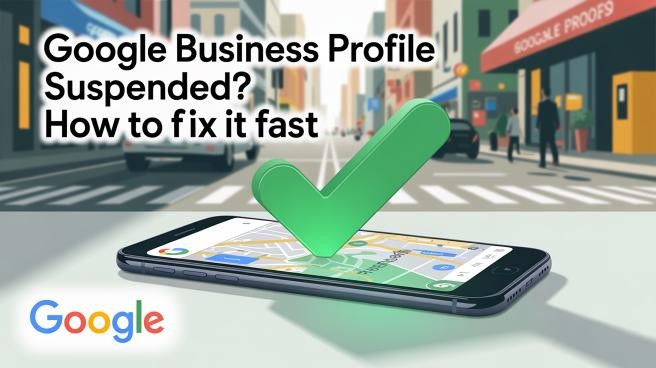
Google Business Profile Suspended? How to Fix It Fast

How to Recover a Disabled Facebook Account?

What to Do If Your Facebook Account Is Hacked and Your Email Is Changed

LinkedIn Shadow Ban: How to Avoid and Fix it

How to Recover a Hacked WordPress Website

How to start an IT company in Dubai

Best Ethical Hacking Companies in Dubai

Webflow vs WordPress Which is Better for Website Design?

20 Tips for Effective LinkedIn Marketing in Dubai

Top 10 Software Development Companies in Dubai


What is the Software Development required for Creating Payment Gateways?

How does Google treat AI Content in SEO?

How to create a proper content distribution strategy

How can Brand agencies bring success to B2B Business in the UAE?

Schema Markup for SEO: Boost Your SERP Visibility with Structured Data

FIVE STRATEGIES TO INCREASE YOUR BRAND LOYALTY

What are the Branding Strategies for a Small Business in the UAE?

How can digital marketing be useful for small businesses?

What are the Things to Consider for Hiring Creative Agencies?

What are the different ways to protect the website from unethical hacking?

What are the mistakes to avoid while customizing a WordPress website?

Why is Website Maintenance important for your Business?

Trends of Future Creative Agencies in UAE

How can AI transform digital marketing in the UAE?



How can a powerful Landing Page Design lead to higher conversion?

Checklist to build a winning e-commerce website


WHAT ARE THE SUCCESSFUL ELEMENTS REQUIRED FOR BRANDING A WEBSITE IN UAE?

What are the best web designing tools that can renovate your site?

What are the web designing strategies that can improve the SEO ranking?

How social media impacts the promotion of the business in the Future?

What is the SEO checklist involved in content writing?

Top Ten Mobile App Development Companies in UAE

How do we choose the best brand name for the business in UAE?
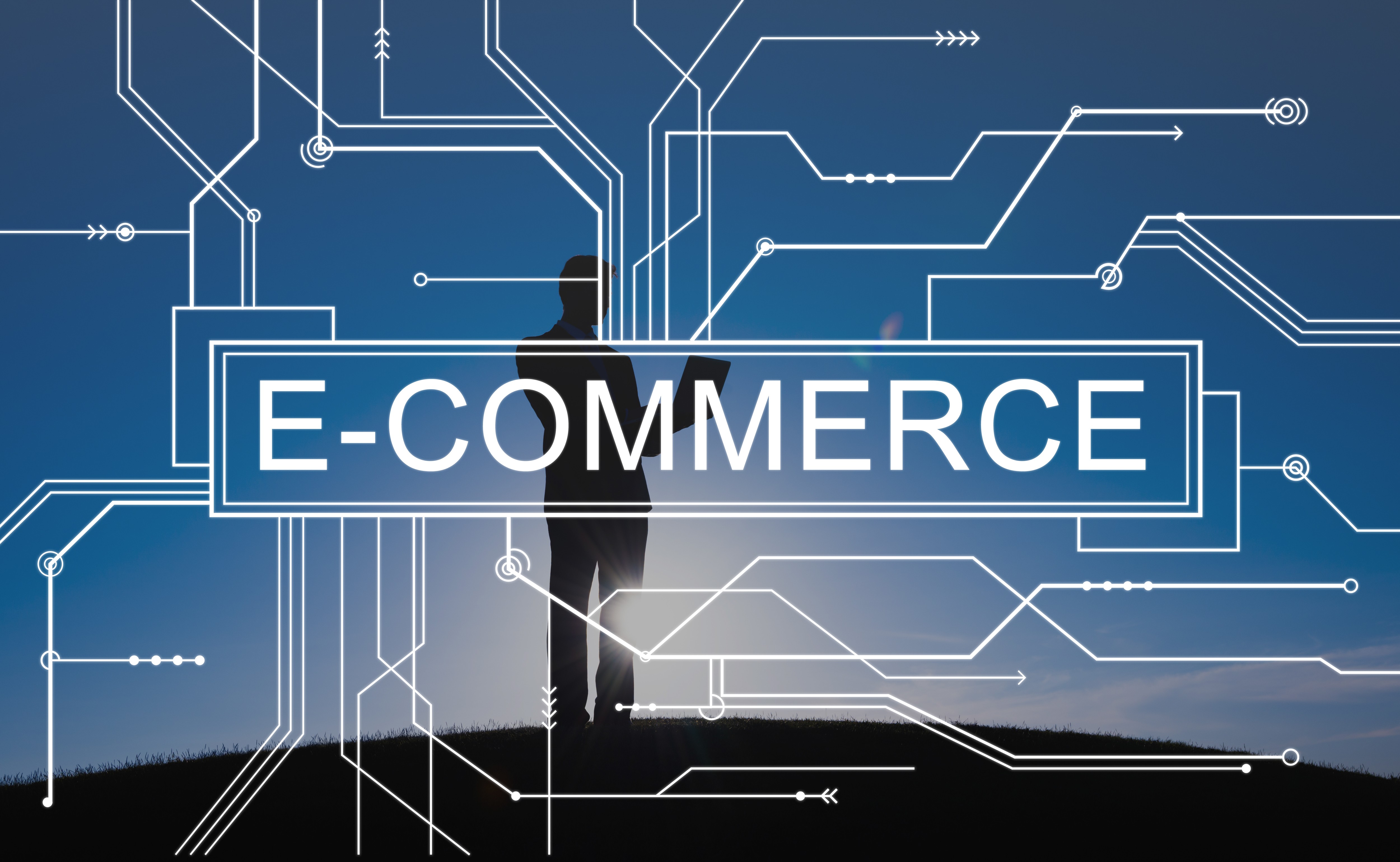
What are the top e-commerce Software Solutions required for the IT industry?

Why is user experience crucial in website development?

How to Choose the Right Ecommerce Platform for Your Business

How to Optimize Your LinkedIn Profile for Maximum Exposure?

How Can Branding Agencies in The UAE Promote Businesses?
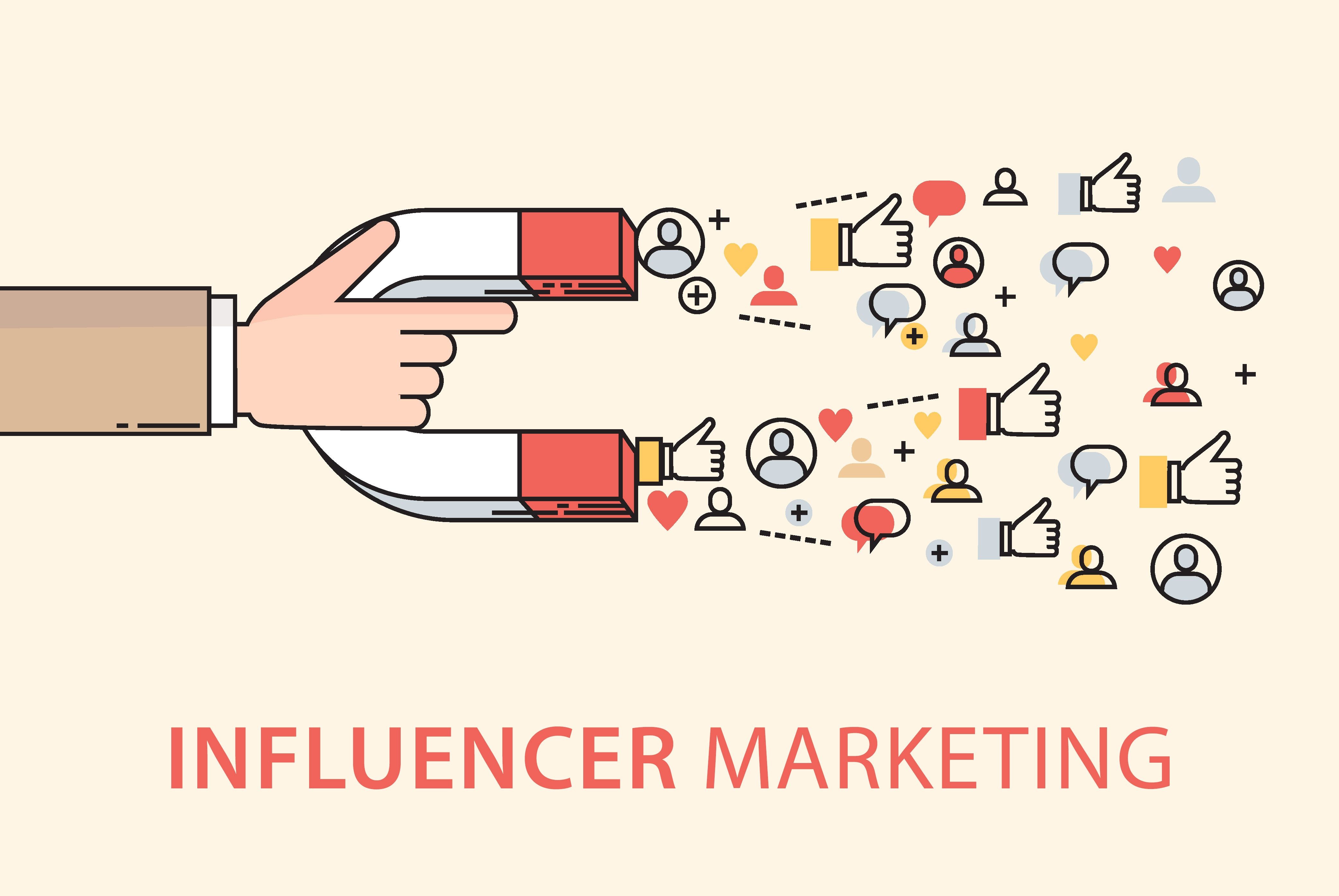
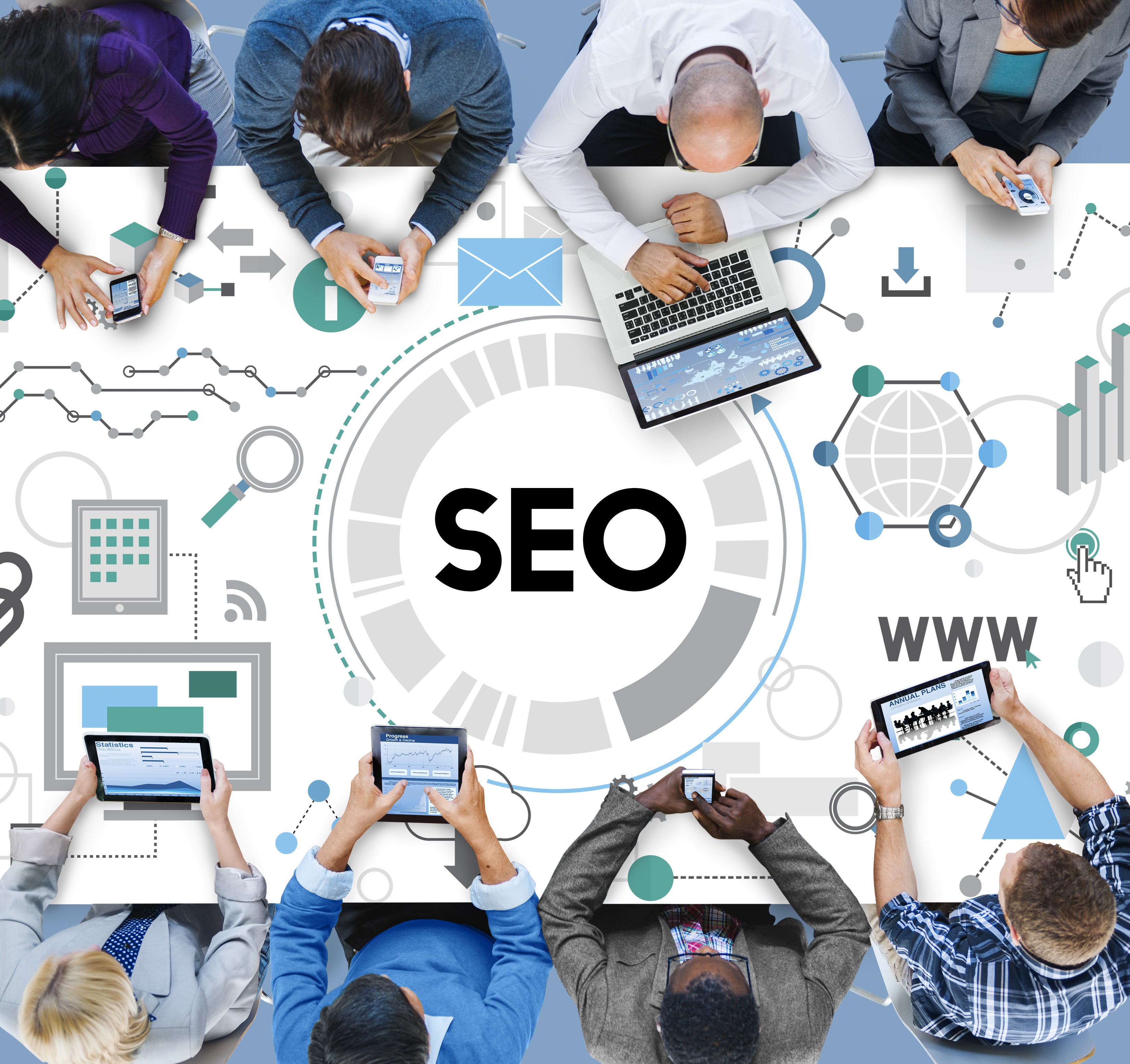
Top 10 SEO Agencies in Dubai

TOP TEN MARKETING CONSULTANTS IN DUBAI

The Top 10 Must Have WordPress Plugins for Your Website

The Future of Facebook Marketing: Trends and Predictions

What are the successful CRM strategies?

Reasons why you should hire a professional branding agency

How Web Development Helps Your Business

How to Grow your digital agency in 2023?

Why Cyber Security is Important for Your Business

Key Factors for Choosing the Right System Integrators
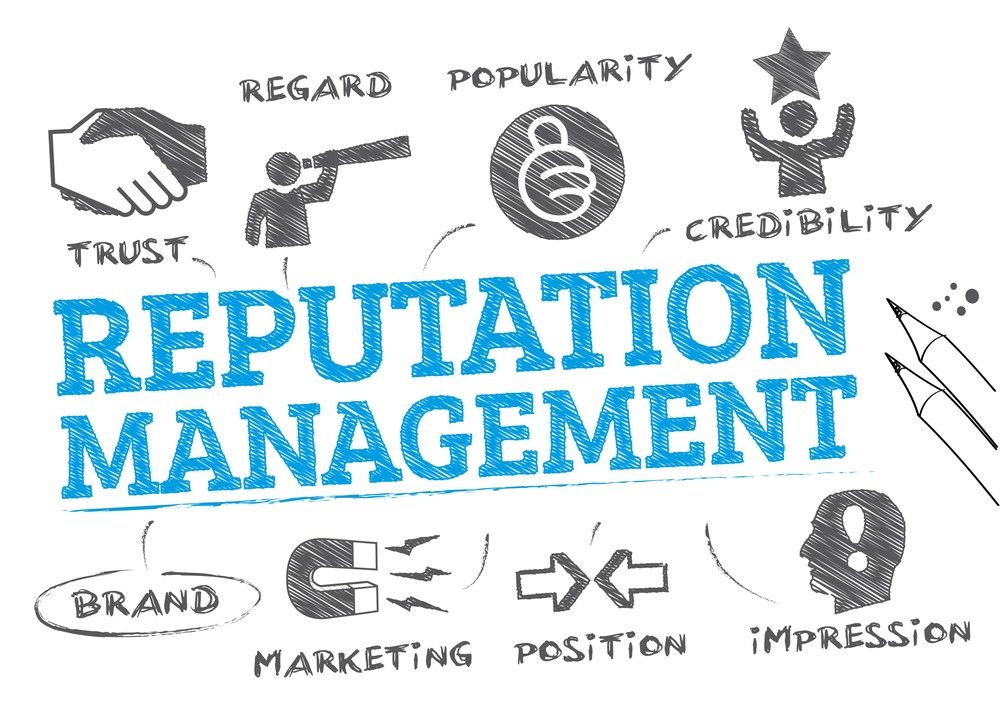
How to Choose the Right Reputation Management Company

How Ethical Hacking is Different from Normal Hacking?

Things to Consider While Choosing a Software Development Company

Top 7 Reasons to Hire a Content Marketing Agency in Dubai

10 Factors to Consider While Selecting Web Designing Companies in Dubai

Importance and Benefits of SEO for Your Business

TIPS FOR CHOOSING A SOFTWARE TESTING COMPANY

Questions You Should Ask Before Choosing A Social Media Agency In UAE
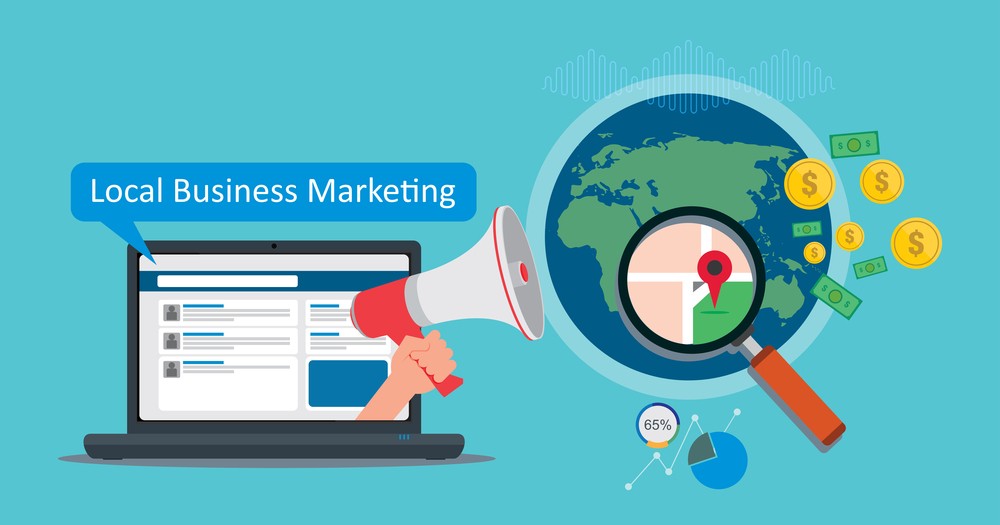
How to Market your Local Business in Dubai?

How to choose a good digital marketing agency for your business in Dubai



